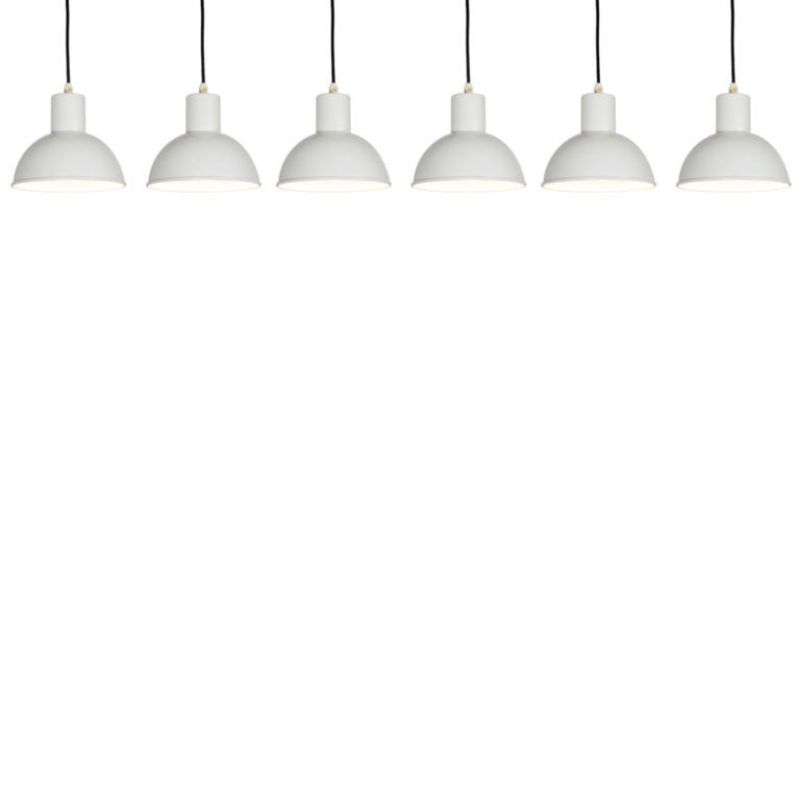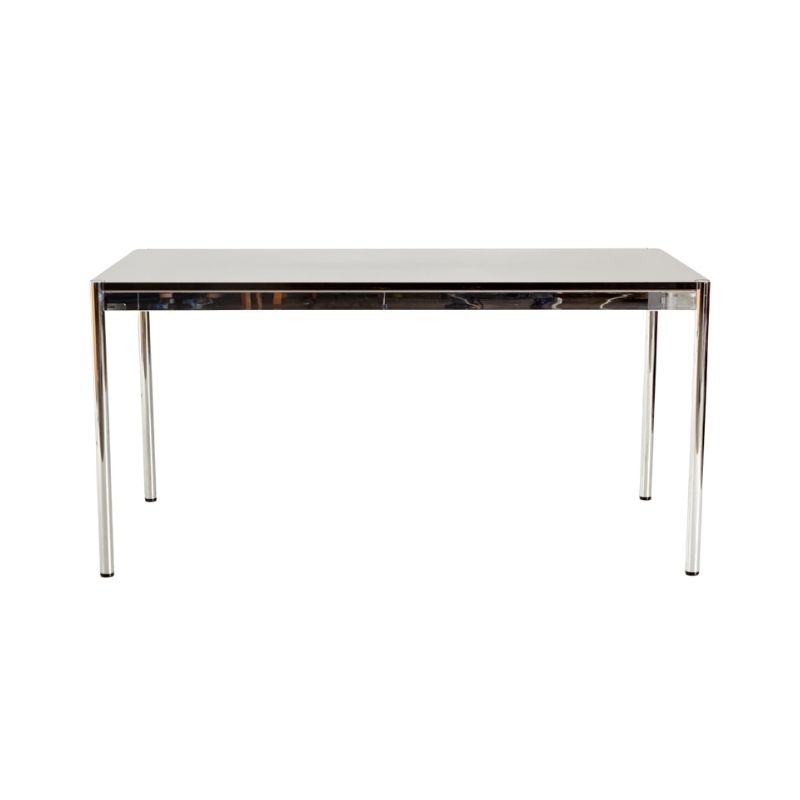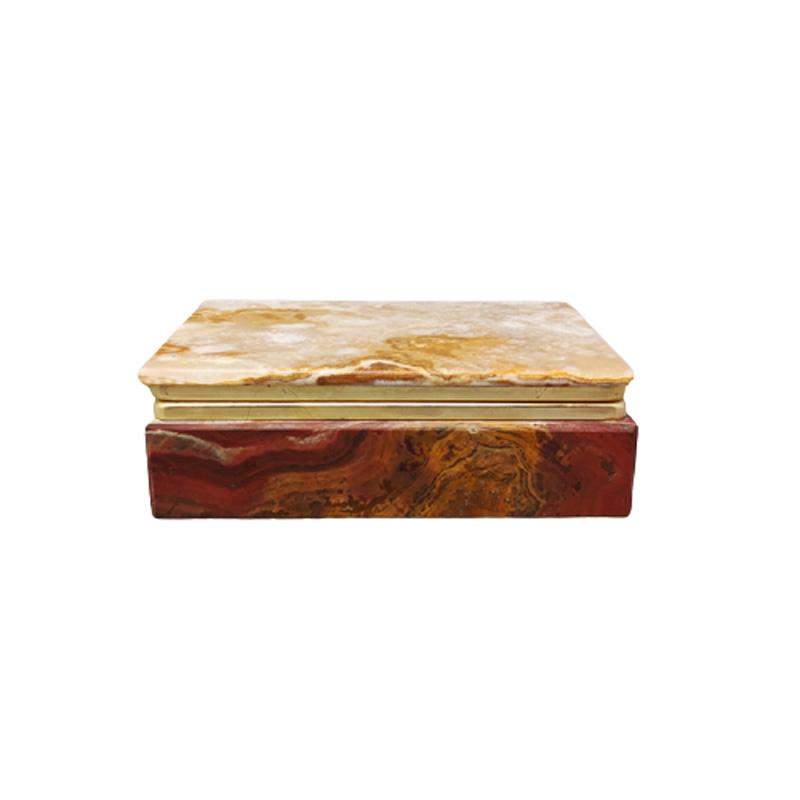An examination of Paul Mccobb's singular contribution to the world of design, the open shelf room divider.
Just to keep things lively...
I would argue that the "concept of a room divider" came long before Paul McCobb.
McCobb's spin on the room divider may have been innovative, but we certainly can't attribute the Shoji screen or the idea of defining space to Paul McCobb. I just don't see it as as a "truly new and original design concept."
Go ahead, let me have it...
🙂
Well, rooms have always been...
Well, rooms have always been divided -- that's what walls do, too. Screens are more like lightweight, movable walls. But the room divider as a true piece of furniture is a very different concept, I'd say. And McCobb's were actually called room dividers -- wondering if he invented the term, as well? Were screens ever called room dividers prior to McCobb?
True, loft24
McCobb certainly wasn't 'singular' in that he invented the idea of a room divider. He just created a piece of funriture that was labelled that. But wall and screens certainly had been doing that exact task long prior!
I'm thinking particularly of the asian type of screen and of Tansu chests which are especially similar in concept!
I agree with loft24. Read...
I agree with loft24. Read and decide for yourselves. Wikipedia calls the shoji a room divider ... which has been around for a long time.
I am sure free standing bookcases have been used to divide rooms as well I would think ....
http://en.wikipedia.org/wiki/Room_divider
A free-standing
furniture piece, largely or completely "transparent," capable of displaying and/or storing objects, is something different from a wall, a screen, or a sliding shoji panel -- isn't it ?
Dismissing a subject on semantic grounds seems petty, to me. But to each his own !
I really don't think...
I really don't think Straylight is suggesting that nobody ever divided a room before! But screens and tansu chests just aren't the same thing. I just don't see how you can argue that what McCobb created with his room dividers wasn't something new and of its time. It seems to me to be a very modern design concept.
Well,
it would HAVE to be 'of its time' wouldn't it? It was designed at that time so it is of that time.
I'd love to hear why tansu chests aren't the same thing. To me, they seem to be exactly the same thing. Openness, use of glass or other materials 'of its time' doesn't change the function.
Wasn't trying to pick a...
Wasn't trying to pick a fight...but what I meant by "of its time" was that the room divider form that McCobb designed functions perfectly in a 1950s modern style home; it was developed to complement this type of new residential interior. As far as tansu goes, to my knowledge that is just a Japanese word for "chest". There are different tansu forms. I know very little about Japanese furniture, but I've never seen a traditional Japanese tansu that looked or functioned anything like a McCobb room divider. I know some people use the traditional "step chest" tansu as a room divider, and put decorative objects on the steps, but that is a modern re-purposing. They were made as dual purpose pieces that combined a staircase and storage--the steps were literally steps, not display shelves. I suspect people only started using them as room dividers in the last few decades. If there is some other tansu form that I'm not familiar with that is exactly like a McCobb room divider, then I stand corrected.
I'm pretty sure
that tansu were used to divide space even way back when they were also used as stairs. I'll see if I can find any visual examples. But I remember seeing them set up so that they separated a room and lead up to a hole into the ceiling or to rafters/loft space.
Didn't think you were picking a fight, I just found the concept of 'of its time' to be weird and I couldn't imagine something not being of its time. I suppose reproductions of antiques aren't but then again they are because manufacturing methods would show indications of the repros being of their time.
straylight
While I admire all the research and work that you are doing about Paul McCobb's work, I'm afraid that I too have to disagree.
While McCobb's furniture forms were elegant, versatile, and relevant (both to the new architecture of its day as well as now) I don't think it was a totally new form.
Putting aside the argument that there are other "room divisions" that have existed in other forms and other cultures (walls, screens...), your premise made me think of the ongoing interests of George Nelson. He was concerned with optimizing the footprint of a home and utilizing all the space. He wondered why we waste space with empty, hollow walls rather than using that division in a more practical manner. He wrote about this in his articles and books and it came into being with his "storage wall" concept produced and sold through Herman Miller in the late 40s/ early 50s.
This same idea informed the Omni system and later the CSS. But I wondered if those designs were an updating of his storage wall in response to the McCobb designs you cite from 1952.
One look at the Herman Miller catalogue from 1950 cleared this up for me. In the first few pages of the catalogue, in reference to the newly designed platform bench and basic cabinet group, the copy reads "Photograph on the facing page shows a row of cases on platform bench bases used as a low ROOM DIVIDER" (emphasis mine).
So there is at least one documented instance of a furniture designer using case goods to delineate space in an interior and calling it a "room divider". in 1950. Prior to the 1952 McCobb designs.
They say that great minds think alike, and by no means do I want to diminish McCobb's contribution to modern design, but I think that the claim that he invented the form or the idea may not be accurate and bears further investigation.
(edited for my stupid typos)
If you need any help, please contact us at – info@designaddict.com









